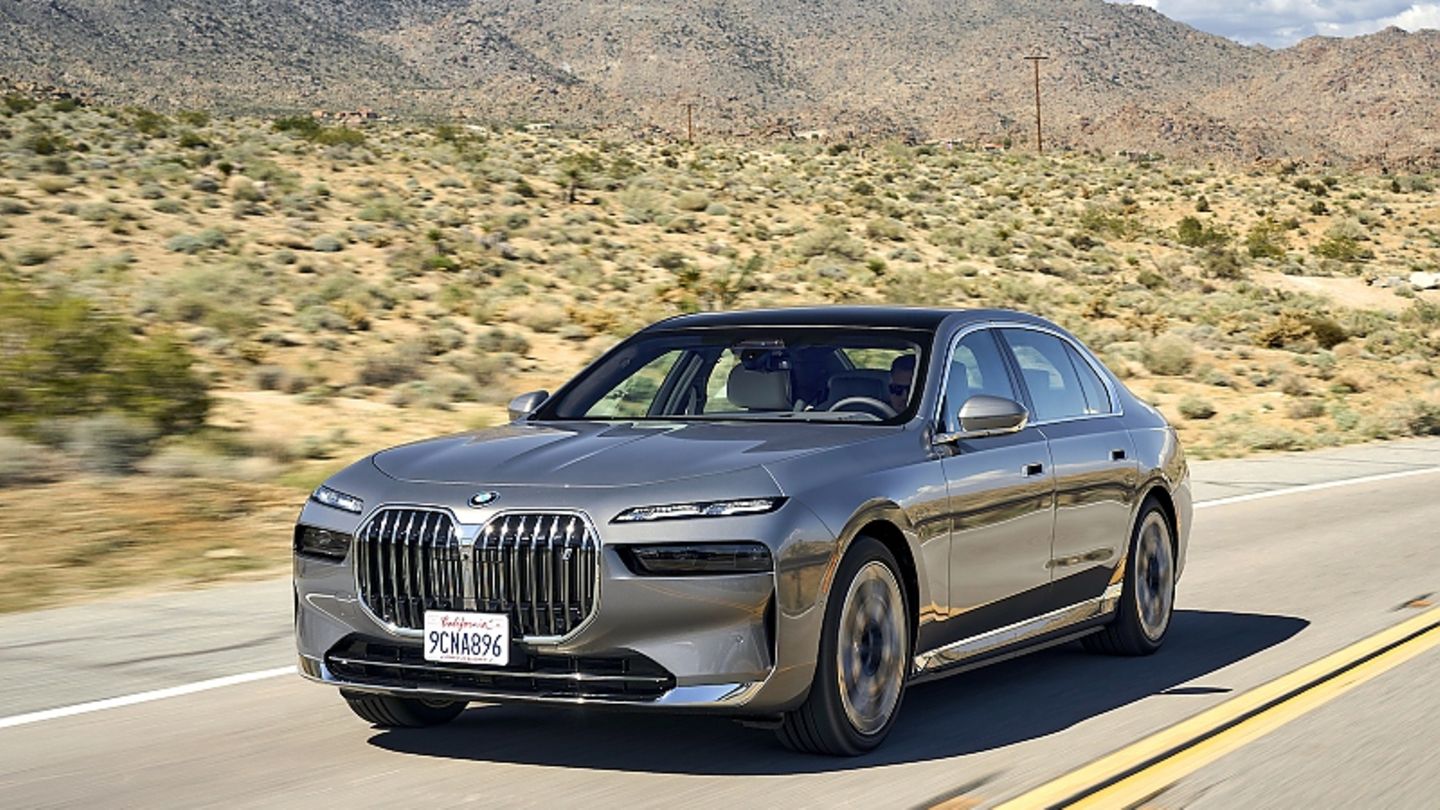Going to the gas station with a combustion engine is quick and the refueling process is completed in just a few minutes. The situation is different with an electric car, because recharging can take a little longer here.
When it comes to charging speed, there are two components that the driver of a combustion engine car is not concerned about. The flow rate of the pump is small on every pump, but nobody is interested in diesel or petrol, just like the fuel supply in your own car. Put the nozzle in, fill up the tank and after three to four minutes the whole thing is done, even with a luxury sedan with a large tank. With an electric car, the whole thing looks a little different, because here the driver has to decide how quickly it can supply their own electric car with energy when choosing the appropriate charging station. From a speed of 50 kilowatts, one generally speaks of a fast charging station, even if the charging speed is rather manageable. The so-called hyperchargers, which lure with charging speeds of 150 to 350 kilowatts and allow the battery to strengthen in record time, are more interesting, especially on long journeys.
The turbo at the charging station
But unlike a vehicle with a combustion engine, the pace of refueling is controlled in particular by the car itself. After all, what good is a fast 300 kW charging station if the Fiat 500 Elektro, which is currently the best-selling electric car, can refuel with a maximum of 80 kilowatts? Many of the new electric cars stretch all four wheels at least at 150 kilowatts. The maximum charging speeds are mostly linked to the 800-volt charging technology, which makes Audi, Porsche, Hyundai or Kia models stronger with a charging capacity of up to 270 kilowatts.
Below is an overview of the maximum charging speeds based on manufacturer information and test charges. These are approximate maximum values that can be increased via radio updates. The most recent example are vehicles based on the modular VW electrical kit. While models such as a VW ID3 or a Skoda Enyaq initially started at a low 125 kW, the charging capacity has now increased to up to 170 kilowatts.
Audi E-Tron GT: 270 kW Porsche Taycan: 270 kW Tesla Model 3: 170 – 250 kW Tesla Model Y: 170 – 250 kW Tesla Model S: max. 250 kW Kia EV6: 235 kW Hyundai Ioniq 5: 235 kW Hyundai Ioniq 6: 235kW
BMW i4: 200 kW BMW iX: 200 kW Mercedes EQS SUV: 200 kW BMW i7: 195 kW Mercedes EQE: 170 kW Mercedes EQE SUV: 170 kW VW ID Buzz: 170 kW BMW iX3: 150 kW Polestar 2: 150 kW Ford Mustang Mach-E: 150 kW Toyota bz4x 150 kW VW ID3: 135 – 170 kW VW ID4 / 5: 135 – 170 kW Audi Q4 E-Tron: 135 – 170 kW Skoda Enyaq: 135 – 170 kW Cupra Born: 135 – 170 kW Renault Megane E-Tech: 130 kW
MG4 Electric: 135 kW Mercedes EQB: 100 kW Mercedes EQA: 100 kW Mercedes EQC: 100 kW Opel Mokka-e: 100 kW Opel Corsa-e: 100 kW Peugeot e-208: 100 kW Peugeot e-308: 100 kW
MG R Electric: 92 kW MG5: 90 kW Fiat 500e: 80 kW Abarth 500e: 80 kW Kia Soul EV: 80 kW Renault Zoe: 50 kW BMW i3: 50 kW Mini Cooper SE: 50 kW Dacia Spring: 30 kW Smart Fortwo EQ : 22kW
Source: Stern
I am a 24-year-old writer and journalist who has been working in the news industry for the past two years. I write primarily about market news, so if you’re looking for insights into what’s going on in the stock market or economic indicators, you’ve come to the right place. I also dabble in writing articles on lifestyle trends and pop culture news.




